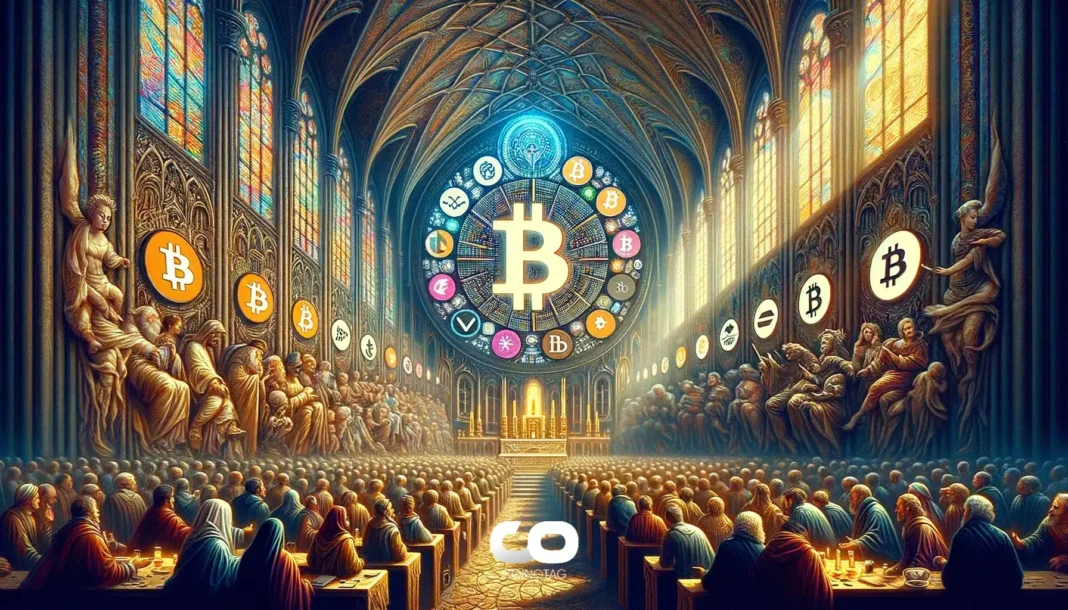-
The debate surrounding Ethereum and its designation as “digital oil” has ignited discussions within the financial community, as it strives to articulate the asset’s unique characteristics.
-
Ethereum’s proponents, including innovative firms like Etheralize, highlight its role as a crucial financial tool, diverging significantly from traditional commodities.
-
A noteworthy perspective from Vivek Raman emphasizes the necessity of holding ETH in reserves, reflecting its potential stature in modern finance.
This article explores Ethereum’s position as a key asset in the financial ecosystem, comparing its characteristics to oil while addressing unique challenges and opportunities.
Ethereum: A New Class of Digital Asset
Ethereum represents a paradigm shift in how financial institutions perceive and utilize digital assets. Unlike oil, which can be extracted and sold in response to demand fluctuations, Ethereum has a fixed issuance rate capped at 1.5% per year, making its supply inherently predictable. This difference underscores a significant economic distinction that could influence investor perception and market dynamics.
Understanding the “Digital Oil” Analogy
The comparison of Ethereum to oil is compelling yet flawed. As Zach Pandl from Grayscale noted, the elasticity of oil supply contrasts starkly with Ethereum’s limited issuance. The complexity of this analogy opens up critical dialogues about how digital assets can fit into traditional financial frameworks. “Coming up with the right metaphor is challenging,” Pandl stated, emphasizing the nuanced understanding necessary for investors.
The Yield Advantage of Staked Ethereum
One of Ethereum’s distinct features is its ability to generate yield through staking, offering an estimated annual return of 3%, unlike oil, which does not provide any yield. This characteristic has made Ethereum particularly attractive to investors seeking income generation through digital assets. As more financial players adopt staking, Ethereum’s role in enhancing portfolio yield could solidify its position in the marketplace.
The Future of Tokenization
Tokenization of real-world assets is projected to revolutionize financial markets. As regulatory environments evolve, particularly in the United States, Ethereum’s platform is uniquely positioned to serve as the foundation for these tokenized assets. Financial behemoths like BlackRock are already taking steps to leverage Ethereum’s capabilities, indicating a growing acceptance of crypto assets among institutional investors.
A Non-Sovereign Asset for Global Finance
Raman’s insight that Ethereum could emerge as a non-sovereign asset in global finance highlights the potential of ETH to function as a neutral connector of various tokenized assets across ecosystems. “It becomes more and more important as a global trading pair, as a strategic asset to hold,” he argued, positioning Ethereum as a central player in modern financial transactions.
Challenges Ahead: Dominance in the Market
Despite its advantages, Ethereum faces significant challenges in asserting dominion over Wall Street. Competing technologies and the emergence of rival blockchains could dilute its influence. However, Ethereum’s unique qualities, such as its predictable supply and yield generation, coupled with increasing institutional adoption, suggest a robust future in the evolving landscape of digital finance.
Conclusion
In summary, Ethereum’s metaphorical alignment with oil raises intriguing questions about its role in finance. While unique qualities set it apart, the “digital oil” analogy highlights both potential and pitfalls. For investors and institutions, understanding Ethereum’s intrinsic attributes will be crucial as they navigate the expanding digital asset landscape. As the journey unfolds, Ethereum stands poised not just as a commodity but as a cornerstone of future financial systems.







